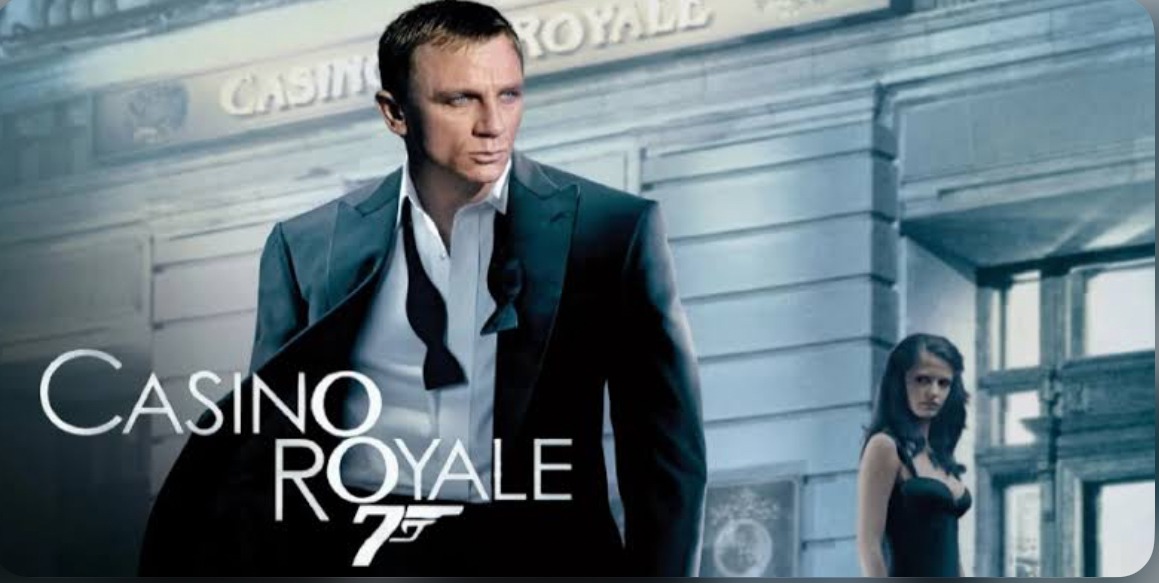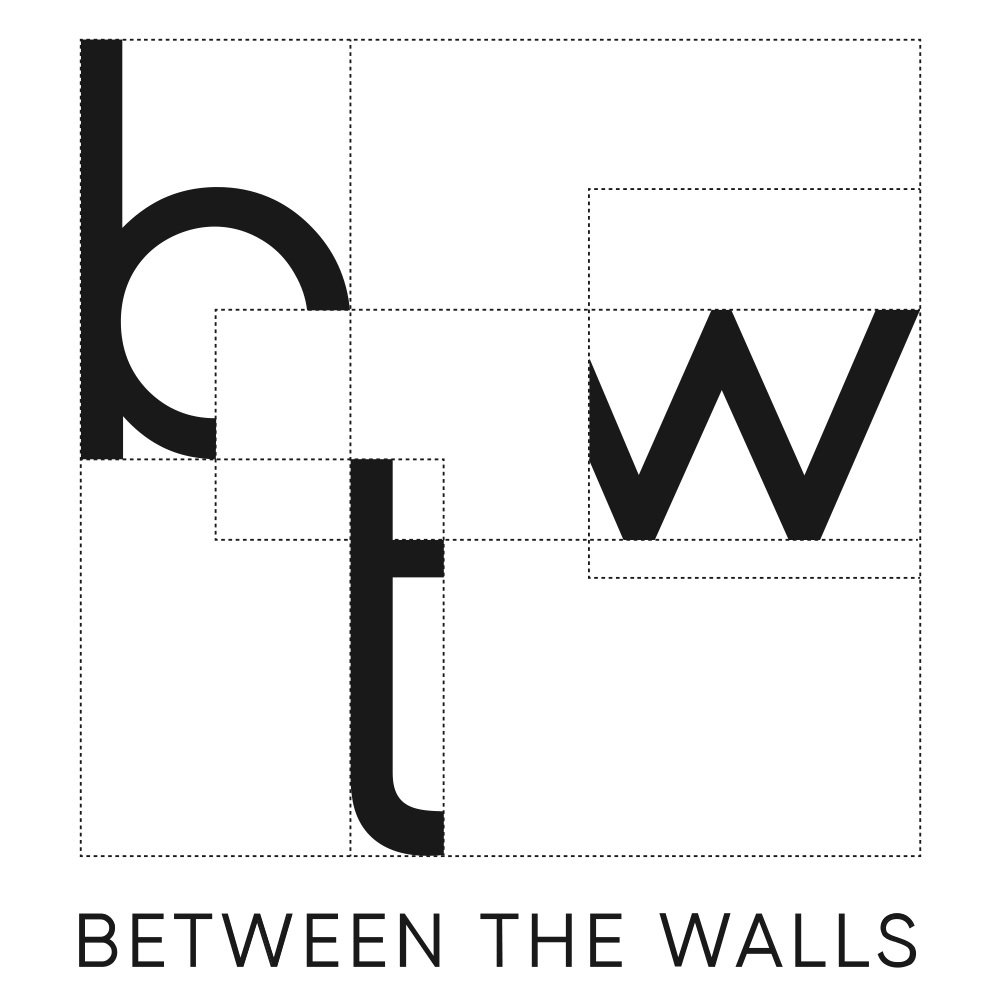Artem Mozgovoy
In the 2000s, cinema entered a new era. Ideas were flourishing thanks to emerging technologies, and many of them finally became achievable — largely due to the growing use of CGI, which had already gained traction in the late 1990s (for example, Toy Story).
Many franchises decided to reboot themselves, especially after the success of Spider-Man (2002) and Batman Begins (2005), which in turn inspired the development of a new film about the double-0 agent.
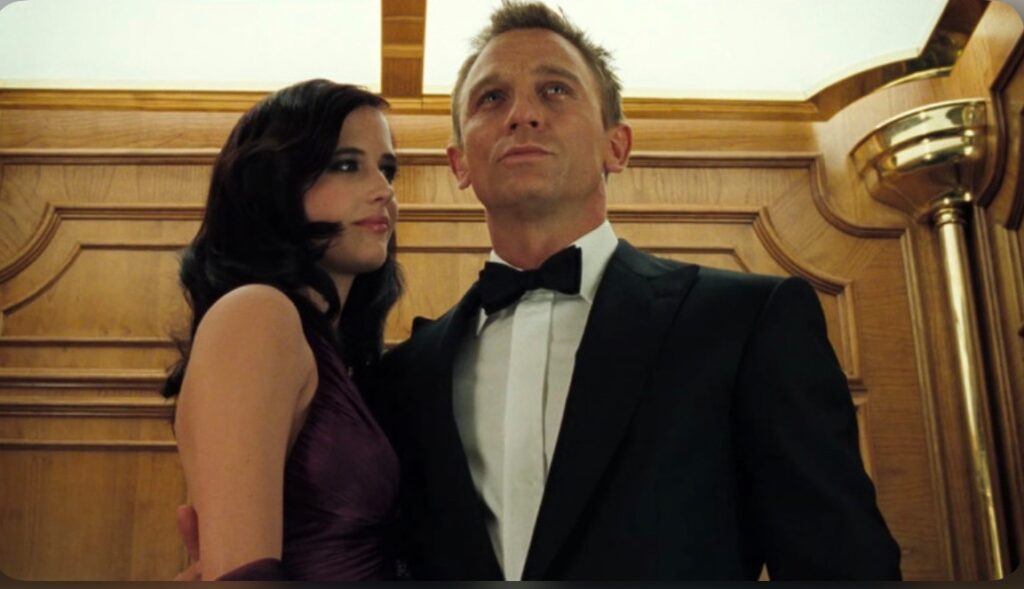
Many actors were considered for the role — from Henry Cavill to Antony Starr—but in the end, it went to Daniel Craig, then a 37-year-old actor with solid experience behind him.
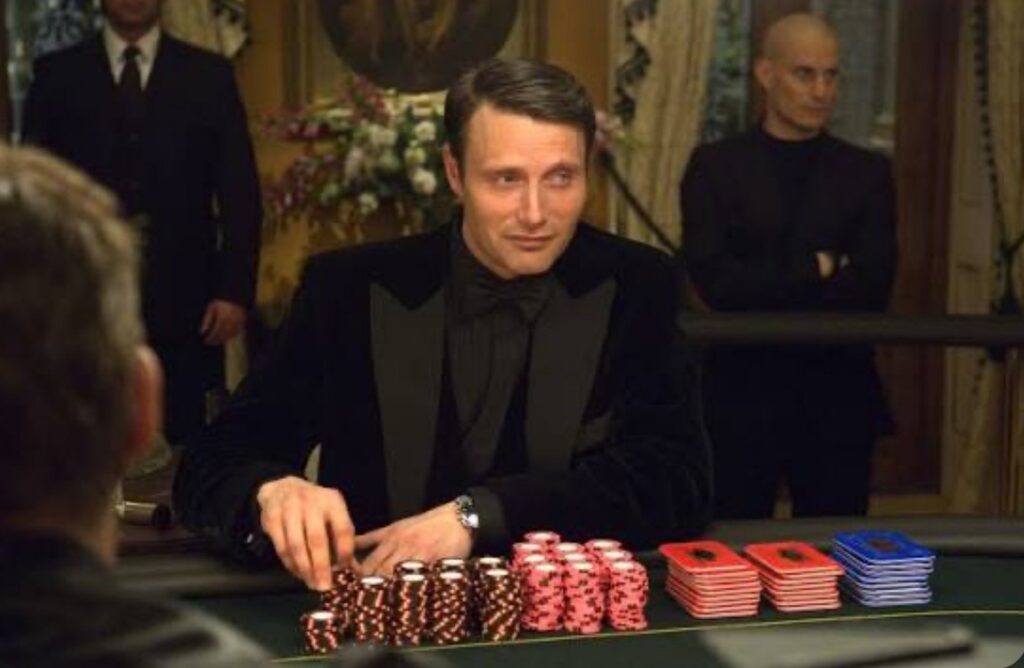
The idea behind the film was to portray Bond not as a super-agent equipped with fantasy gadgets, but as a real human being — a brave, masculine agent with a few “super moments”, and, of course, his own personal tragedy.
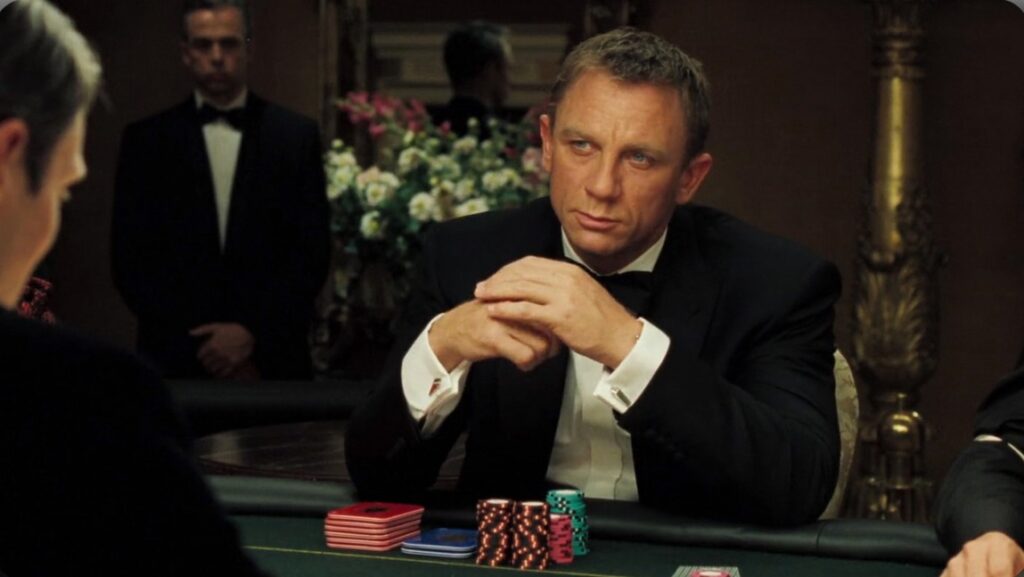
Eva Green, Judi Dench, Mads Mikkelsen, and Jeffrey Wright created an unforgettable supporting cast in a film where every frame feels deliberate, complementing and deepening the captivating story.
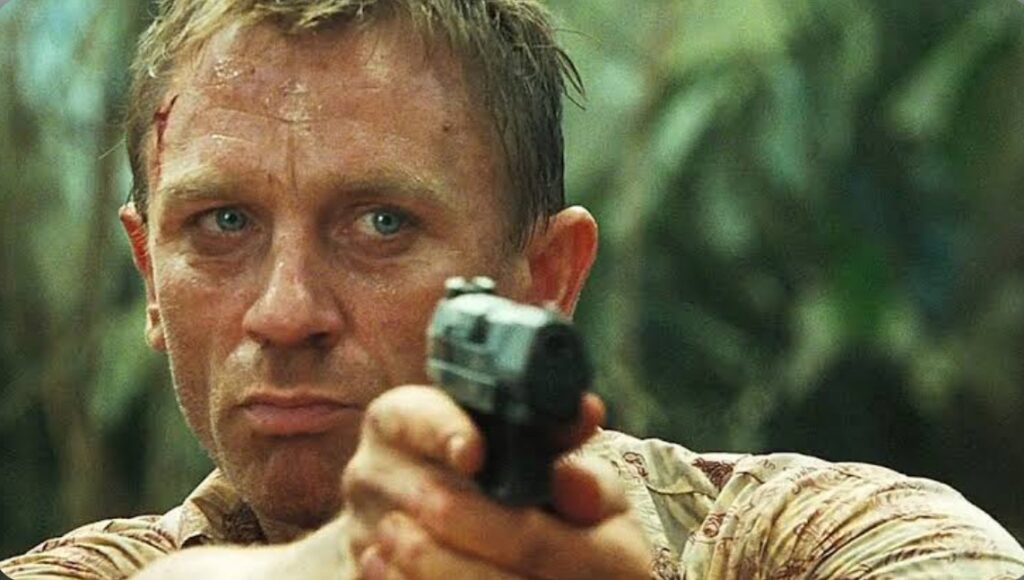
A young agent, with his flaws, abilities, and romantic side — what could be more enjoyable than watching a character who, like real people, doesn’t always get what he wants? Yet, he still sits down at the table and plays poker. Probably because he’s Bond. James Bond.
Read also:
Heat 2: The Return of Michael Mann and Cinema Legends
Jay Kelly: A Film Like No Other
“The Long Way Home”: a documentary film about Boris Grebenshchikov’s journey

